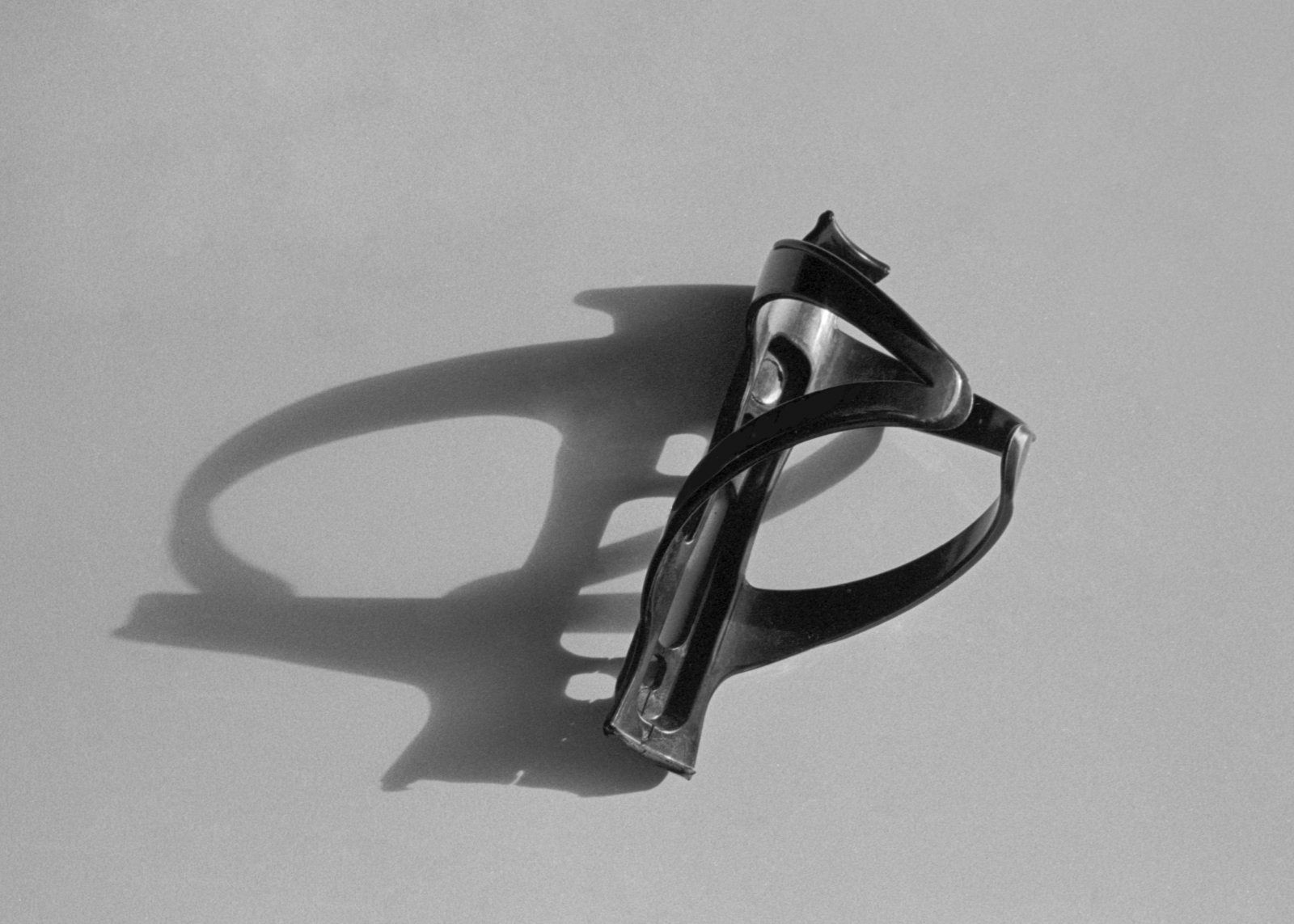
Michèle Bergsma
Keywords: Object, Photography, Ubo
www.michelebergsma.com/
www.instagram.com/michelebergsma/
michele.bergsma@live.nl
Michèle Bergsma (1997) is a visual artist researching the interrelation between photography and design. Currently interested in man-made things that are considered to have little value. Her archive of still lives is an advocate for object rights, while it questions ownership and consumption. Juxtaposing archival material of important objects - to the ones she found, laying around. Creating materiality through several layers of manipulation, by painting, scanning and print making, to evoke the experience of the physical object in print.
Graduation Project
The pavement proudly presents Unidentified Beautiful Objects. Left behind, lost or forgotten, ready to be taken. They are marked by traces of movements, which will erode them eventually. But for now they form a network underneath our feet. A silent friction between streets and pockets, fingertips and cabinets. While I touch them, they also touch me. Elevated from their initial function, no hierarchy between the collector and the collected. This is a tribute to them.
‘Unidentified Beautiful Objects’ are man-made things with an unclear origin, found on the street. The portraits create a stage for the background characters of our every-day environment. All materials get a chance to speak. How can people and things form a more inclusive political landscape in the future? In collaboration with the Parliament of Things, the archive expanded in Amsterdam. All the UBO’s are exhibited in their own neighborhood.
FLAT STUFF - ON THE TRANSITION FROM OBJECT TO IMAGE
Thesis
There are things that seem to escape my initial focus, but in the corner of my eye, they are always present among each other. Inside the world of my lens, these characters are able to co-exist; without any need for them to be defined, they can live without any restraints. The interpunction of a book is essential from the very beginning, till the so called end. Let’s display the interpunction first, then we’ll connect the dots, by filling them with words.
This bachelor thesis "Flat stuff" uses the chair as a tool to study the relationship between design and photography. Because what happens when we make objects flat?
My research showed me how the form of the object is a result of a design ideology, and how objects reflect the values of the maker. I feel a close connection to designers, because they make the objects that I want to photograph. But instead of creating new things like designers do, I rather want to capture what already exists. If I photograph an object, I give it a new life.
Hop on and follow me into my growing archive of sources surrounding the designed object,the desire to collect and how it relates to photography. Can I understand the objects surrounding me? How can I portray them to possibly represent their presence? We might even find a solution for people with the desire to bury themselves in unnecessary things.